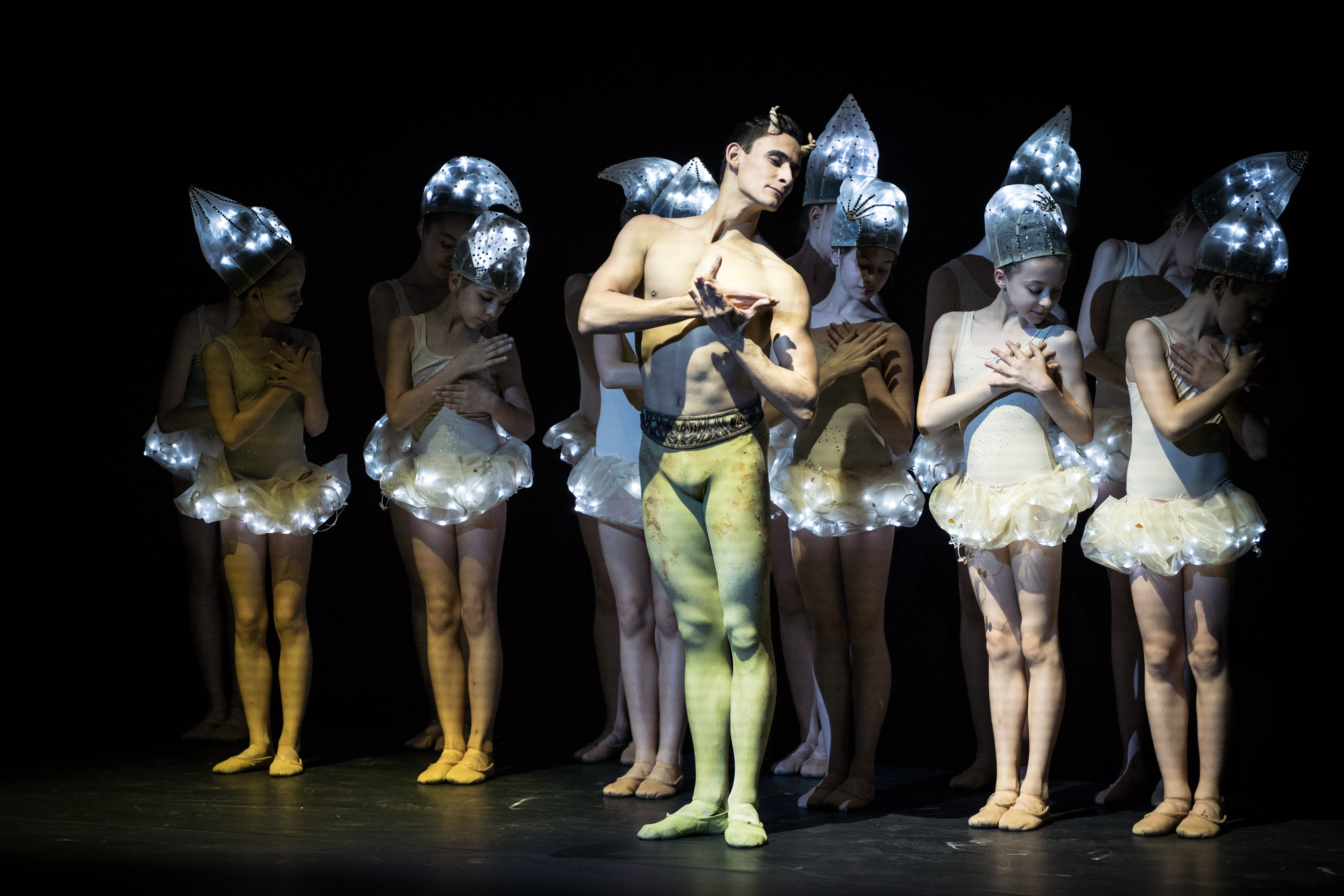VIENNA VOLKSOPER – MY HEART'S DELIGHT
DAY ONE
The Volksoper at Währinger Straße is Vienna’s main stage for operetta musicals and ballet. Johann Strauss, Franz Lehár, Emmerich Kálmán wrote their works brimming with world famous melodies for this theatre.
On 17th September I saw the Stephen Sondheim musical Sweeney Todd - six Tony Awards winner in 1979 and Austrian Music Theatre prize winner in 2015.
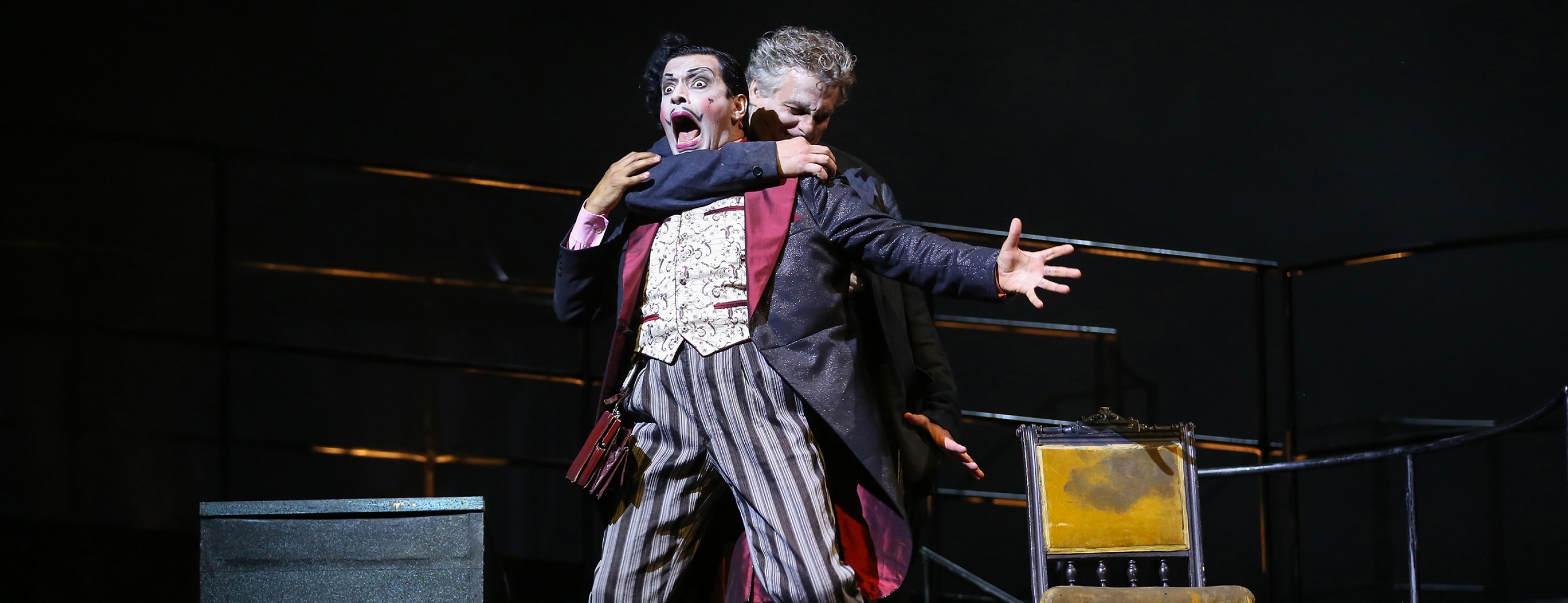
The plot involves the barber Benjamin Barker who was convicted by Judge Turpin for a crime he did not commit and was sent away to a penal colony. Barker’s wife Lucy was then abused by Turpin.
Act 1
Benjamin Barker who now calls himself Sweeney Todd has returned to London on board a ship. Todd seeks out his old barber shop in Fleet Street. Mrs. Nellie Lovett a pie maker set herself up on the ground floor but business is not going well. She recognises the barber and tells him that his wife Lucy killed herself in despair and their daughter Johanna is living at Judge Turpin’s as a ward. Todd decides to reopen a barber’s shop on the first floor and also to take revenge.
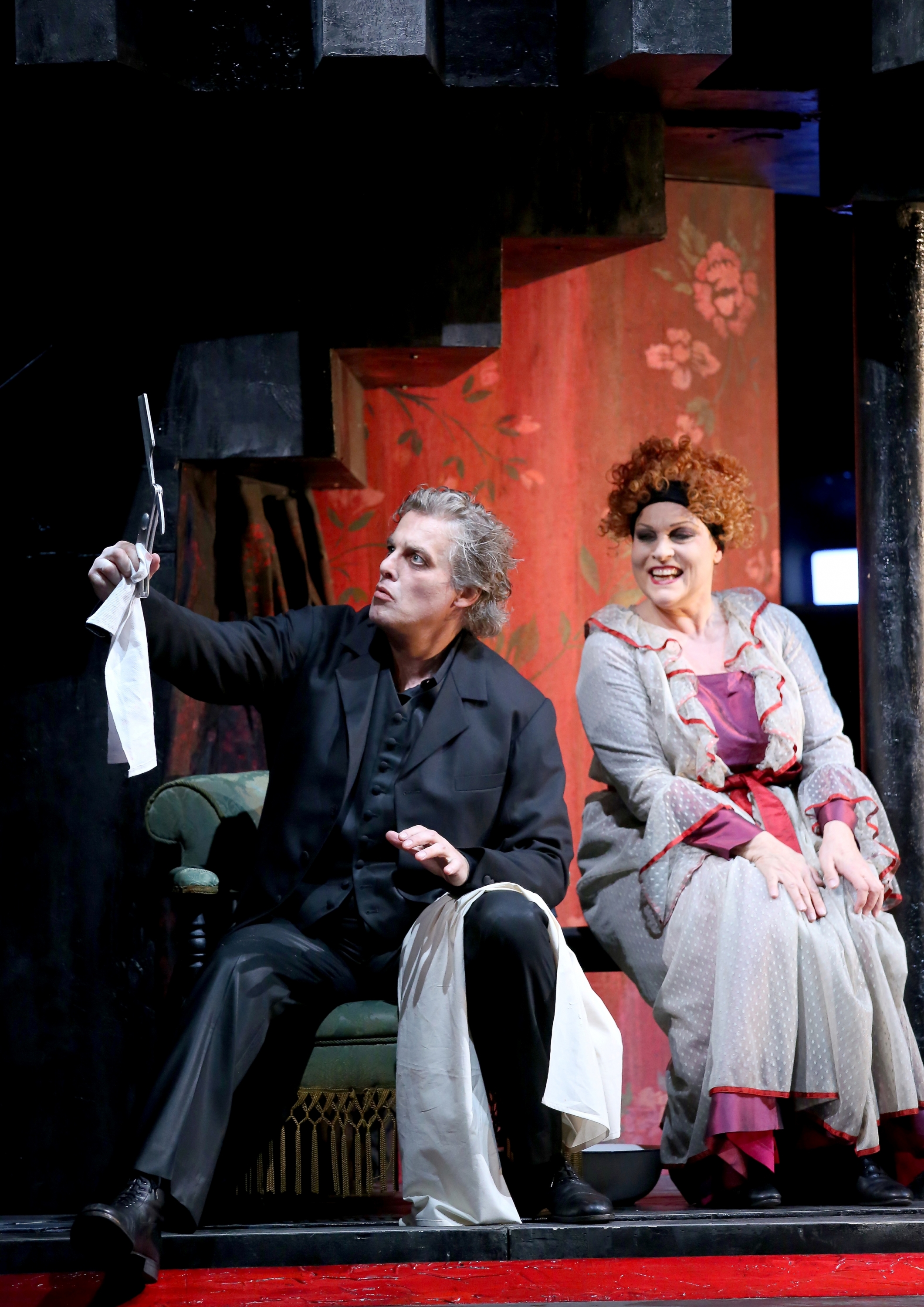
A young sailor Anthony who saved Sweeney’s life on the return ship has now fallen for Sweeney’s daughter Johanna. He asks Sweeney to help him rescue her. On the market square the self-appointed “king of the barbers” Rudolfo Pirelli is extolling the praises of his hair growth tonic. Sweeney challenges him to a shaving contest and wins. He then invites Beadle Bamford, Judge Turpin’s assistant to a free shave. But before this Pirelli appears recognising Sweeney and wants to blackmail him. Todd kills Pirelli.
Judge Turpin is planning to marry his ward. His beadle suggest he should have a shave at Sweeney Todd’s. As the judge submits to the knife Anthony bursts in and betrays the young lovers’ escape plan. Judge Turpin hurries off in fury. Rage and despair trigger a bloodlust in Sweeney who decides to slit the throats of all his customers. But what is Sweeney to do with the victim’s bodies. Mrs. Lovett has a plan - her pie business is doing badly and meat is expensive. She suggest on a macabre collaboration to their mutual satisfaction.
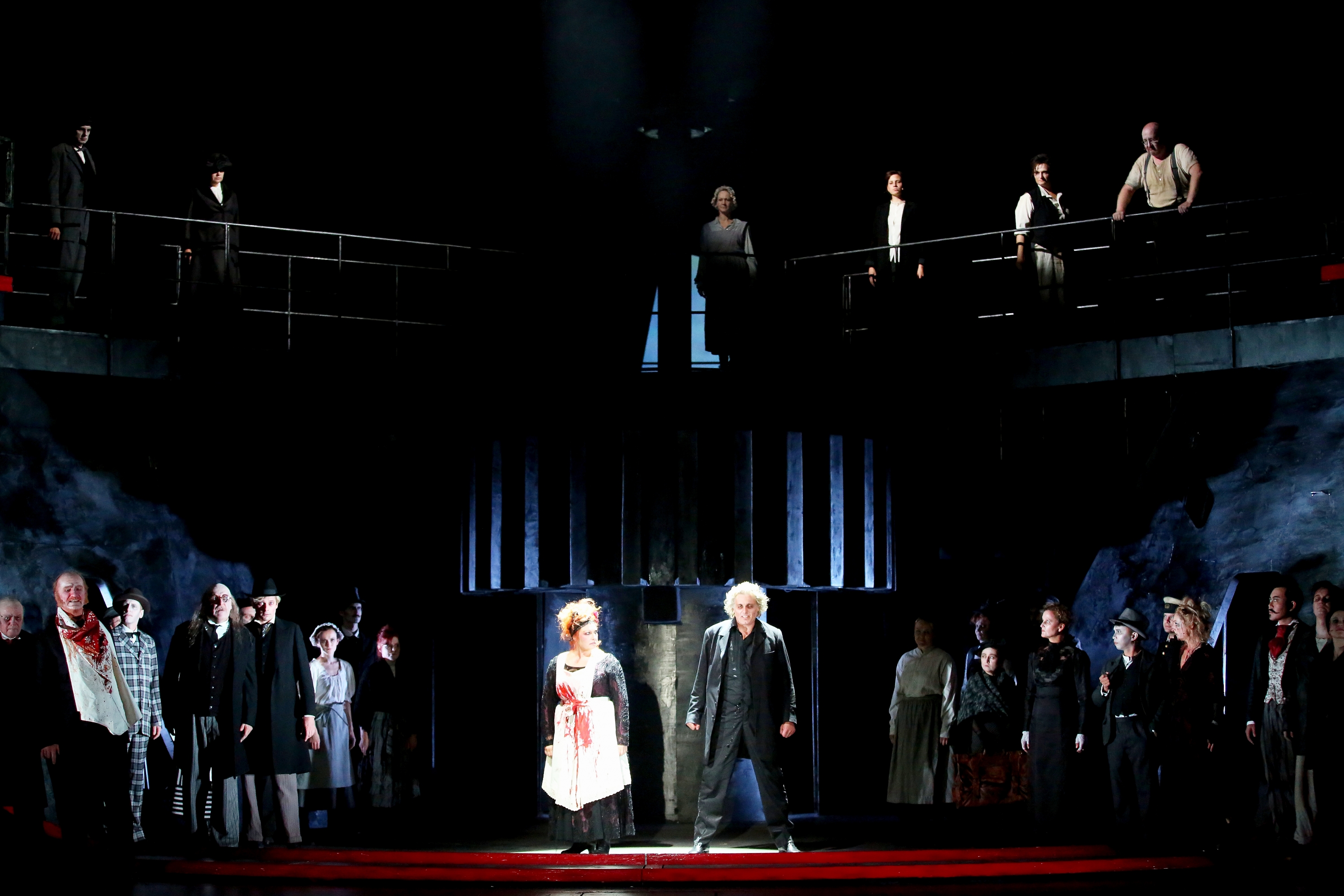
Act 2
Both businesses are flourishing. The barber’s chair has been enhanced with a sophisticated mechanism: once customers have been “shaved” they are despatched directly down stairs to the bake house. Mrs. Lovett is scarcely able to keep up with the demand. She dreams of living happily by the sea with Todd but he cares only about his revenge. He will stop at nothing murdering both the beadle and the judge, his daughter Johanna almost becomes a victim herself.
Sweeney Todd descends to the bake house one last time...
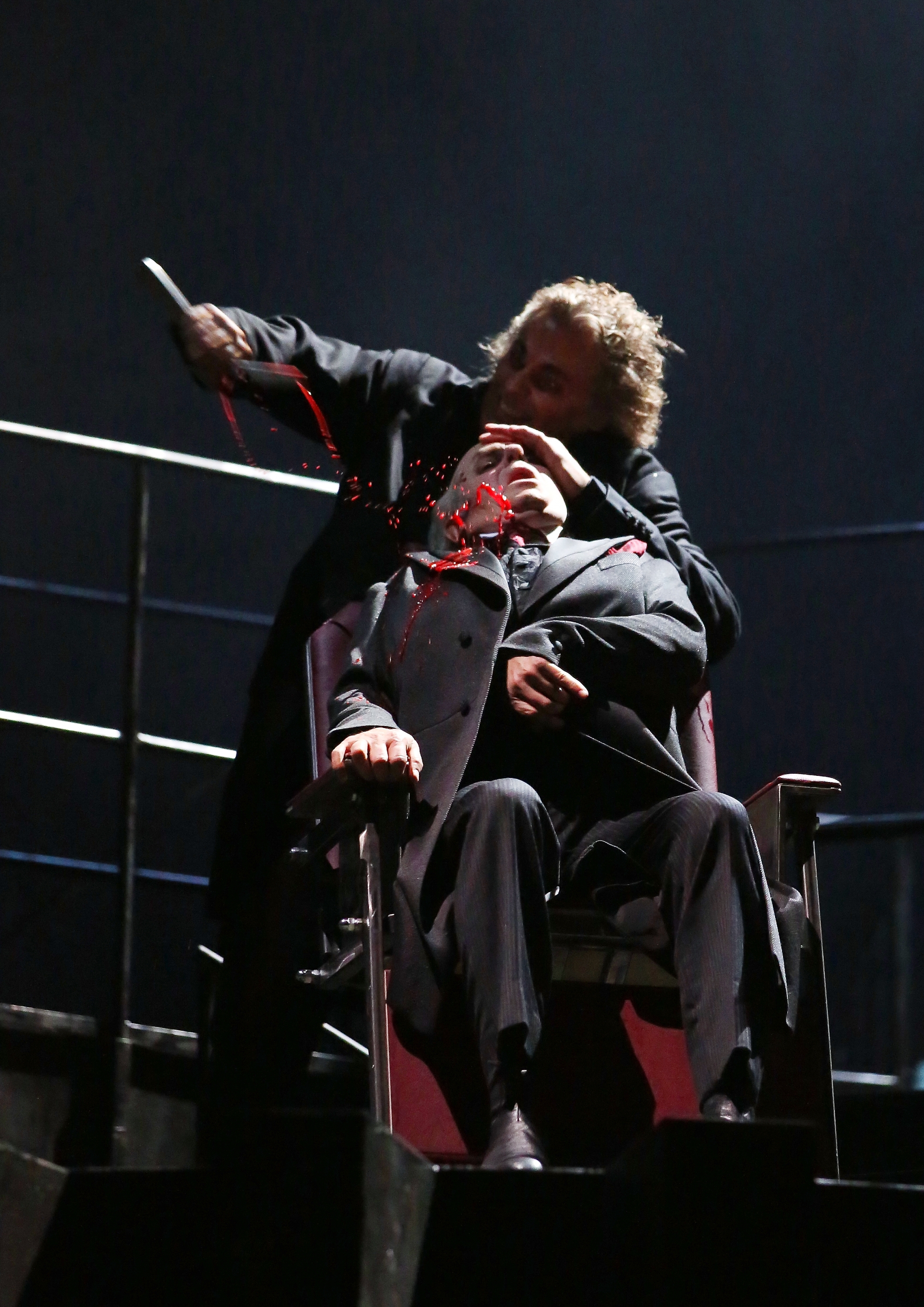
Sweeney Todd was sung menacingly by bass-baritone Marco Di Sapia. Mrs. Lovett sung by Dagmar Hellberg brought a chilling indifference to her character. Sung in German (translated from the original text by Stephen Sondheim) this musical thriller about the Demon Barber of Fleet Street benefitted greatly from amplification. The cast was uniformly good and the orchestra played with passion and devotion to the letter of the score.
DAY TWO
On September 18th I saw arguably Hungarian composer Emmerich Kálmán’s greatest operetta Die Csárdásfürstin (the Gypsy Princess or the Riviera Girl).
The libretto is by Leo Stein and Béla Jenbach. It premiered in Vienna on 17th November 1915 and has remained widely popular over the last hundred years across Europe specially in Hungary, Austria, Germany and the former Soviet Union.

The plot takes place shortly before the outbreak of World War one in Budapest and Vienna.
Act 1
Sylva Varescu, a self sufficient and professionally successful cabaret performer from Budapest, is about to embark on a tour of America. Three of her aristocratic admirers, Edwin, Feri and Boni prefer her to stay. Edwin unaware that his parents have already arranged a marriage for him back home in Vienna, orders a notary to prepare a promissory note of his expected marriage to Sylva within ten weeks. Sylva leaves for America and Edwin for military duty.
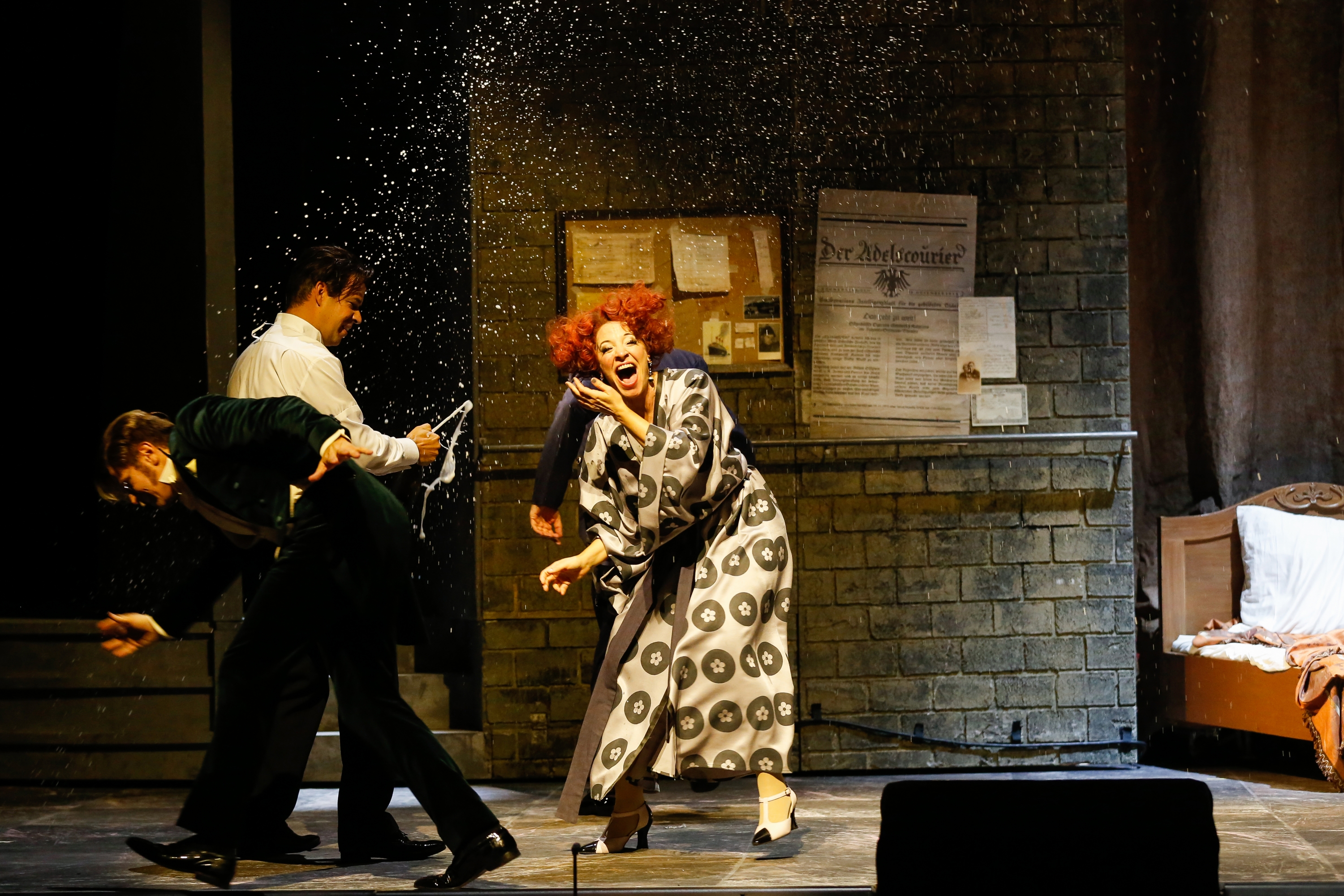
Act 2
Just at the time the promissory note is about to expire Sylva visits Edwin’s palace in Vienna pretending to have married Boni as her entry into his family’s society. Edwin is about to be engaged to Stasi who does not care for him and wishes only an arranged marriage. Boni falls in love with Stasi and Edwin regrets not keeping his promise to Sylva sooner.

However Edwin makes the faux pas of informing Sylva that his parents would accept her only if she pretends to have been divorced from Boni and therefore already entered society by an earlier marriage. Edwin’s father separately informs Sylva that if she marries Edwin without first having achieved noble rank through some other route, her role in society could be that of a mere Gypsy Princess. Sylva realises that she is better off without them and purposefully embarrasses Edwin and his father by leaving in the presence of their assembled guests.
Act 3
This act is set in a Viennese hotel to which Feri has accompanied the cabaret troupe from Budapest who is about to sail on another tour with Sylva. As everyone shows up Feri recognises Edwin’s mother as a retired cabaret singer from Budapest. Edwin’s mother joins the two couples, Sylva/Edwin and Boni/Stasi all unwittingly heading to safety on this American tour.

Peter Lund’s production was spectacular and the video photographs of contemporary war-torn Europe by Andreas Ivancsics very realistic and pertinent. Costumes choreography and chorus all were outstanding. But the star of the show was undoubtedly Ursula Pfitzner as Sylva unmatched in her accuracy in high lyric phrases and coloratura. As her lover Edwin Szabolcs Brickner was an effective foil. The subsidiary lovers also sang well making for a well-matched quartet. The orchestra of the Volksoper under the baton of Alfred Eschwé was in fine form. Everybody had a grand time going home happily singing Kálmán’s evergreen melodies.
DAY THREE
On my last night in Vienna, 23rd September I found myself back at the Volksoper after four nights at the Staatsoper. This time it was the ballet Ein Sommernachtstraum based on Shakespeare’s immortal play A Midsummer Night’s Dream. Felix Mendelssohn composed music for A Midsummer Night’s Dream at two separate times in his life. First in 1826 near the start of his career he wrote a concert overture (Op 21). Later in 1842 only a few years before his death he wrote incidental music (Op 61) for a production of the play.
The overture in E major was written when Mendelssohn was 17. While a romantic piece in atmosphere the overture incorporates many classical elements being cast in sonata form. The piece is also noted for its striking instrumental effects such as the emulation of scampering “fairy feet” at the beginning and the braying.
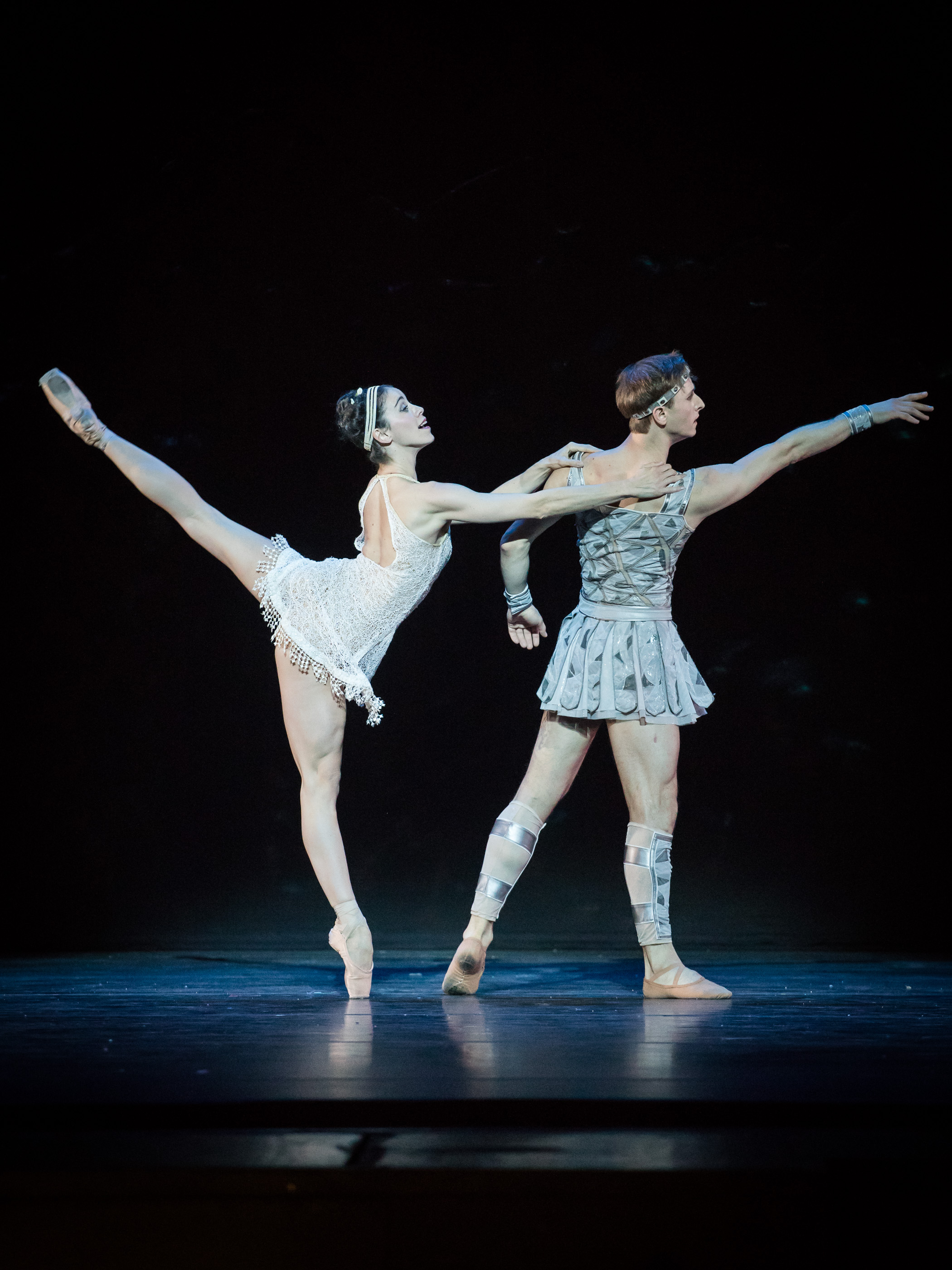
The overture begins with four chords in the winds. Following the first theme in the parallel minor (E minor) representing the dancing fairies, a transition leads to a second theme, that of the lovers. This is followed by the braying with the “hee-hawing” being evoked by the strings.
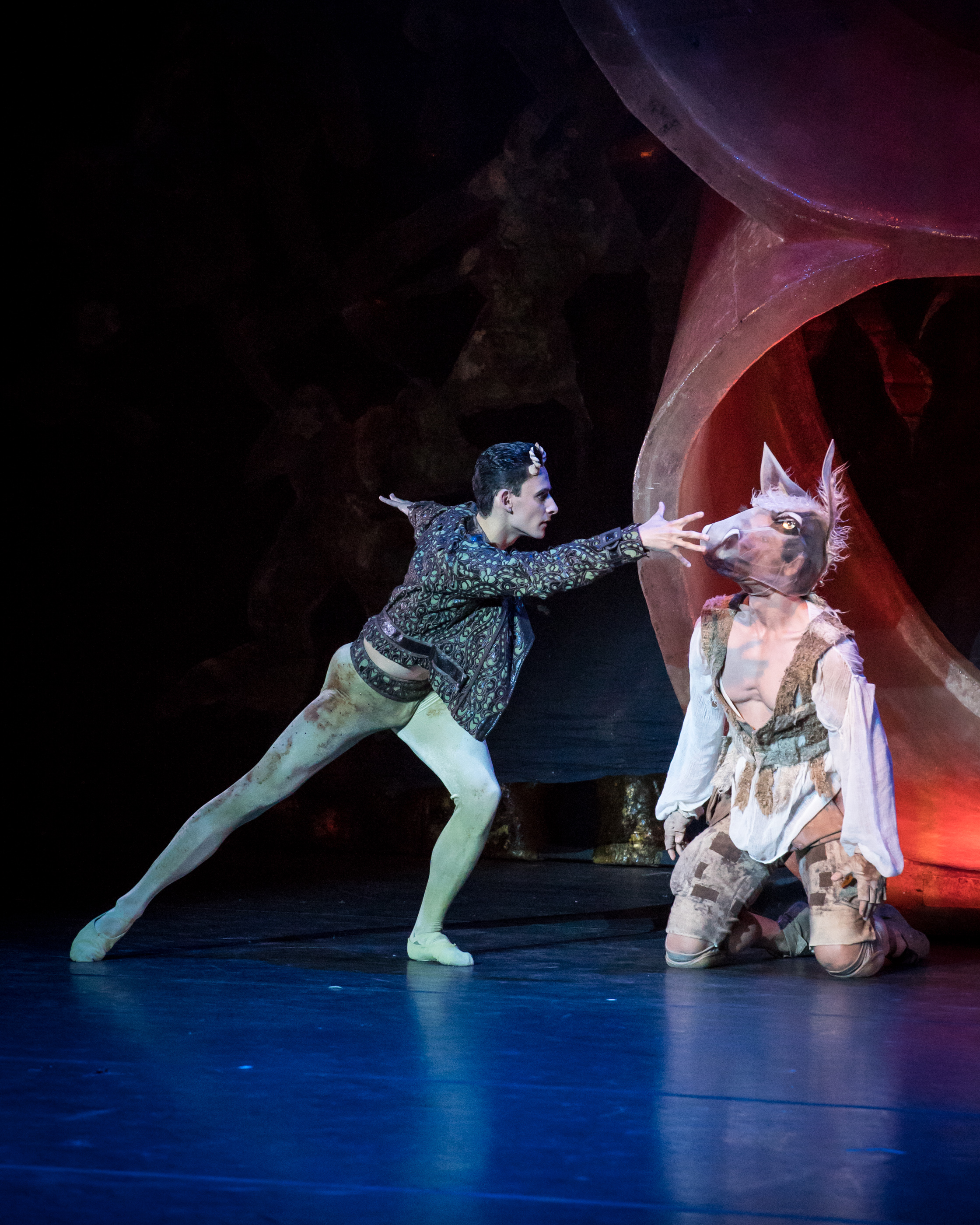
Sixteen years later Mendelssohn wrote the incidental music to the same play. This is by far the most popular of his various attempts at providing music to plays, the others being Antigone, Oedipus and Athalie (Sophocles and Racine). The overture was incorporated in to the incidental music as the first of fourteen numbers. There are also vocal sections and other purely instrumental movements including the Scherzo, Nocturne and Wedding March. The vocal numbers include songs and melodramas. The intermezzo between acts 4 and 5 is the famous Wedding March probably the most popular single piece of music composed by Mendelssohn.
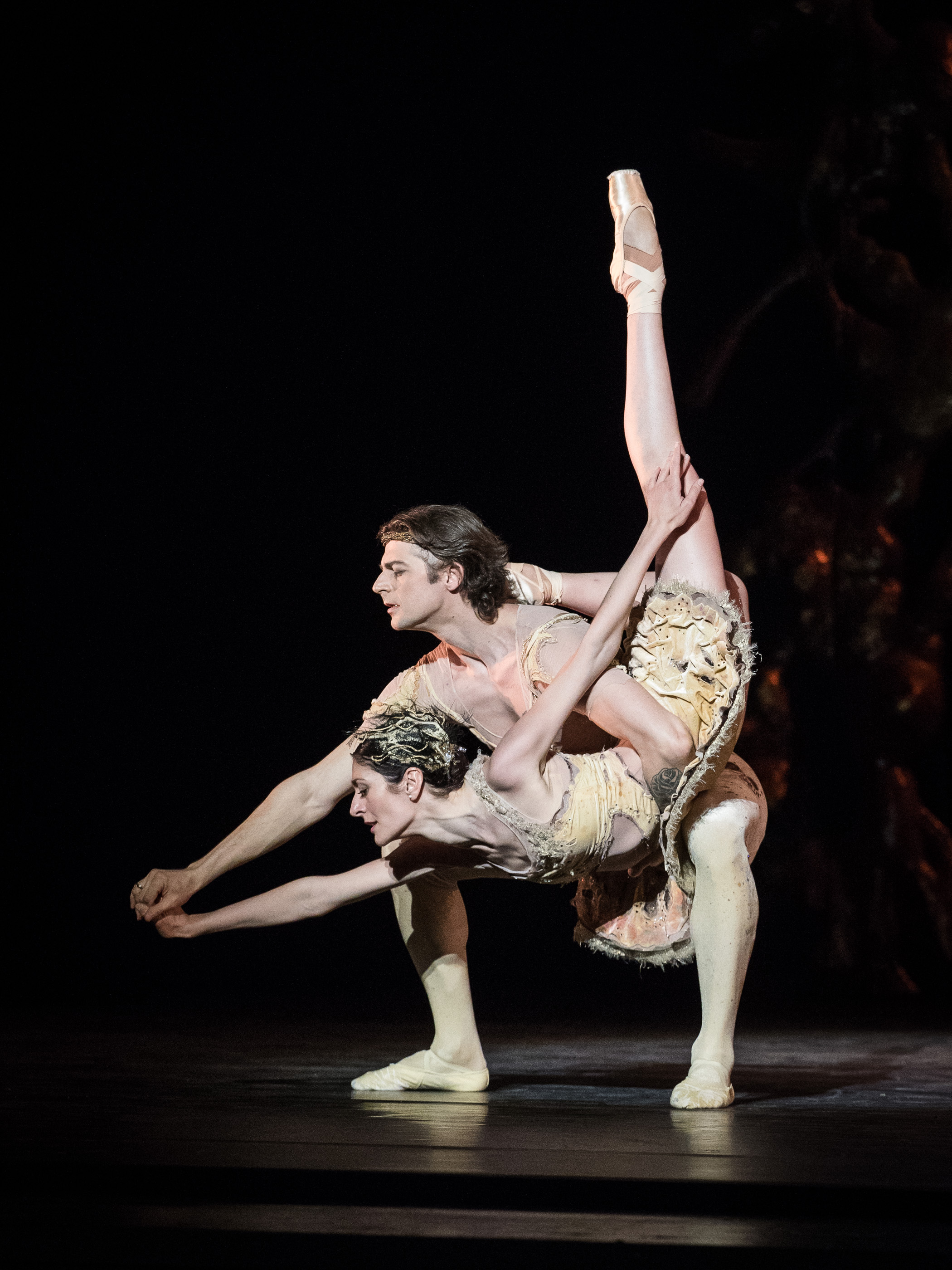
The ballet ends with the Wedding festivities supported by famous works by Mendelssohn not originally written for the play. This included extracts from the Italian symphony and the whole of the violin concerto with the violin solo played brilliantly and musically by Vesna Stankovic.
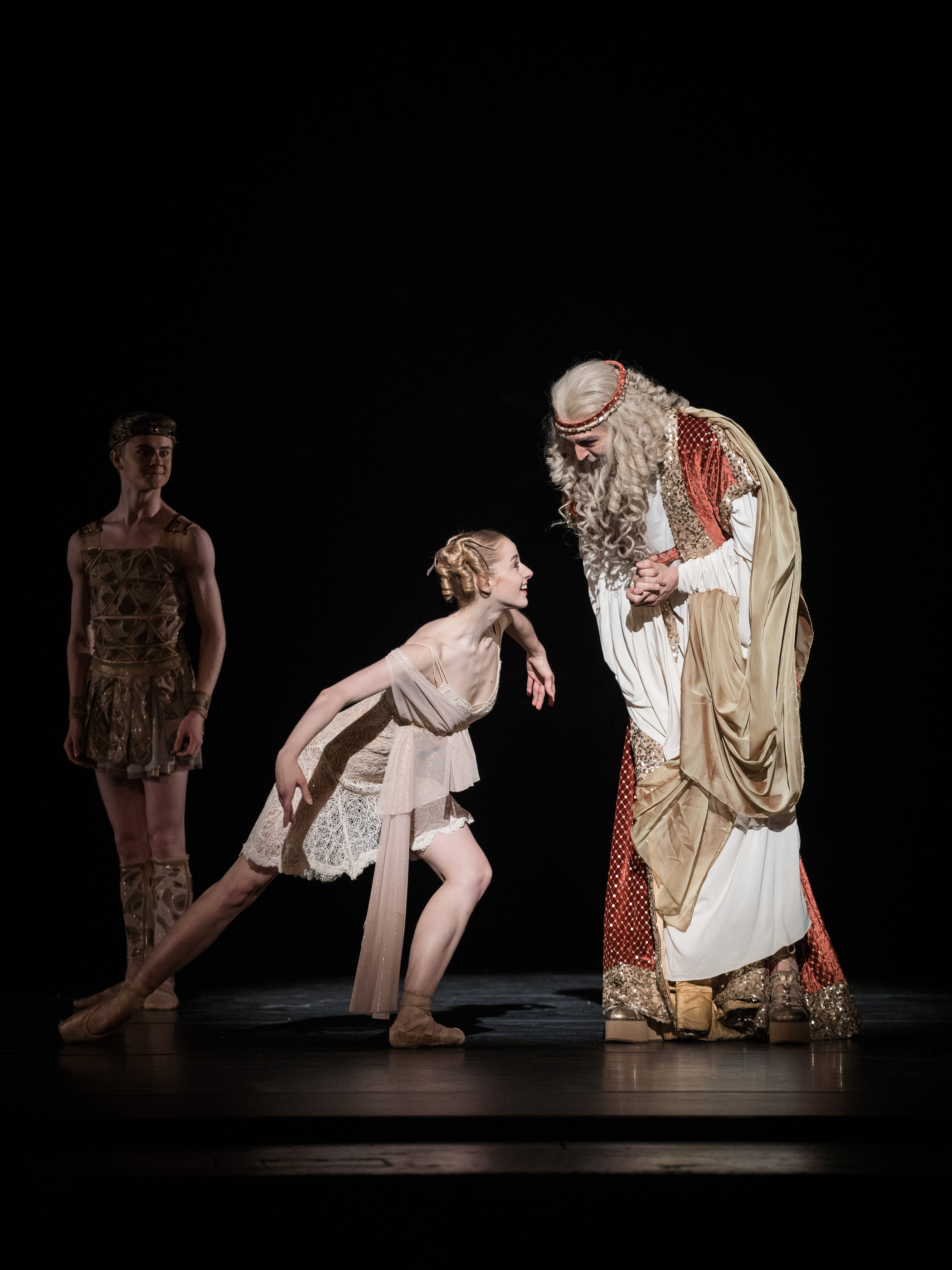
The choreography was by Jorma Elo a witty and at times farcical rendition of the plot. All the principal roles were cast from strength. The corps de ballet of the Staatsballett did a magnificent job as the Elves and towns people. The young Elves made a cameo appearance as commentary on the proceedings. The women’s choir and soloists were not always in tune and were the only weak link. The orchestra sounded magnificent under the conductor Andreas Schüller.
No visit to Vienna is complete without lighter fair of operetta musical or ballet at the glorious Volksoper with its excellent acoustics and modernised staging and lights.
